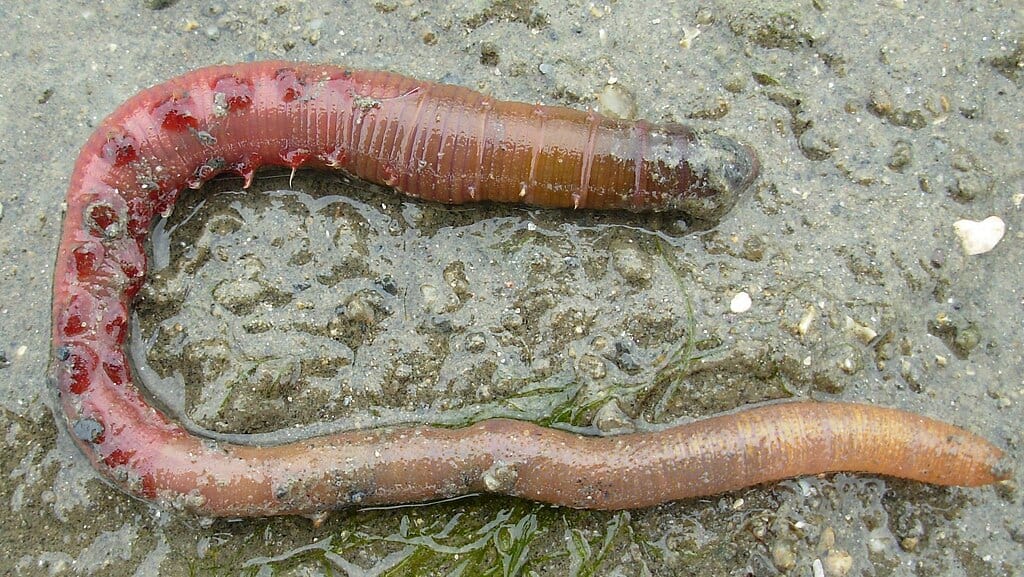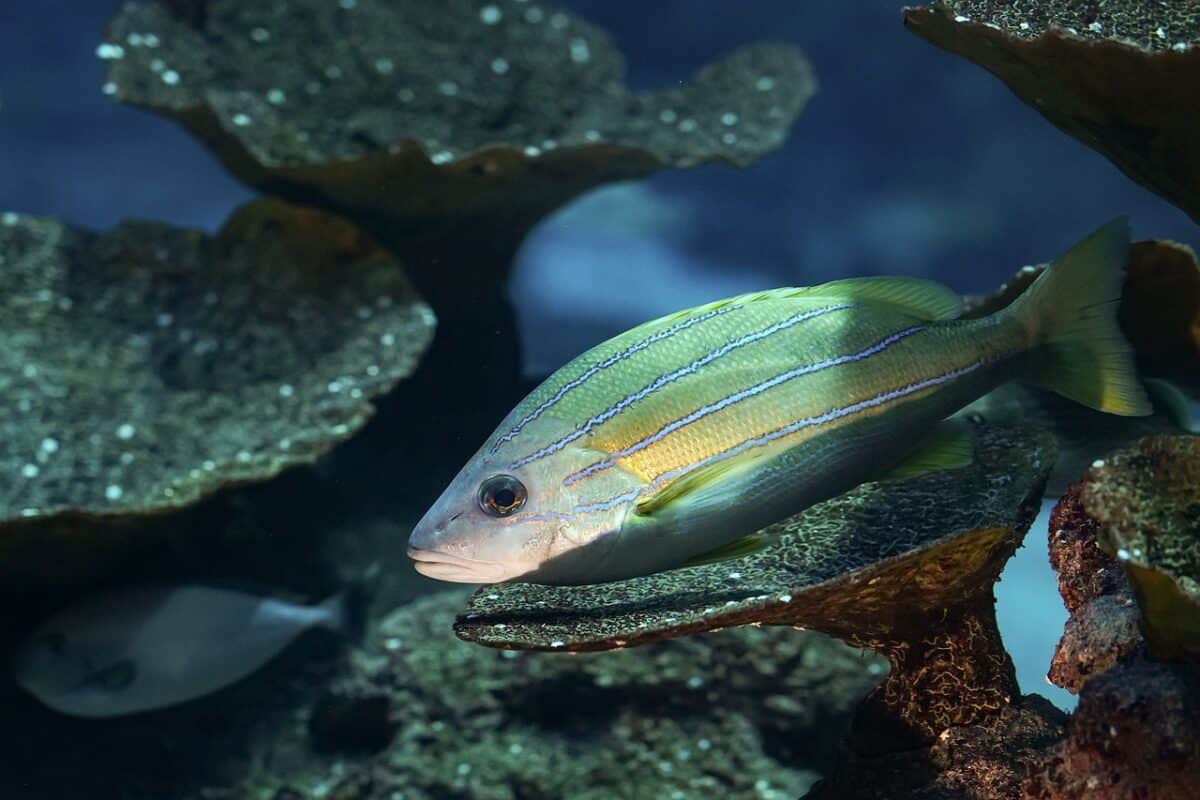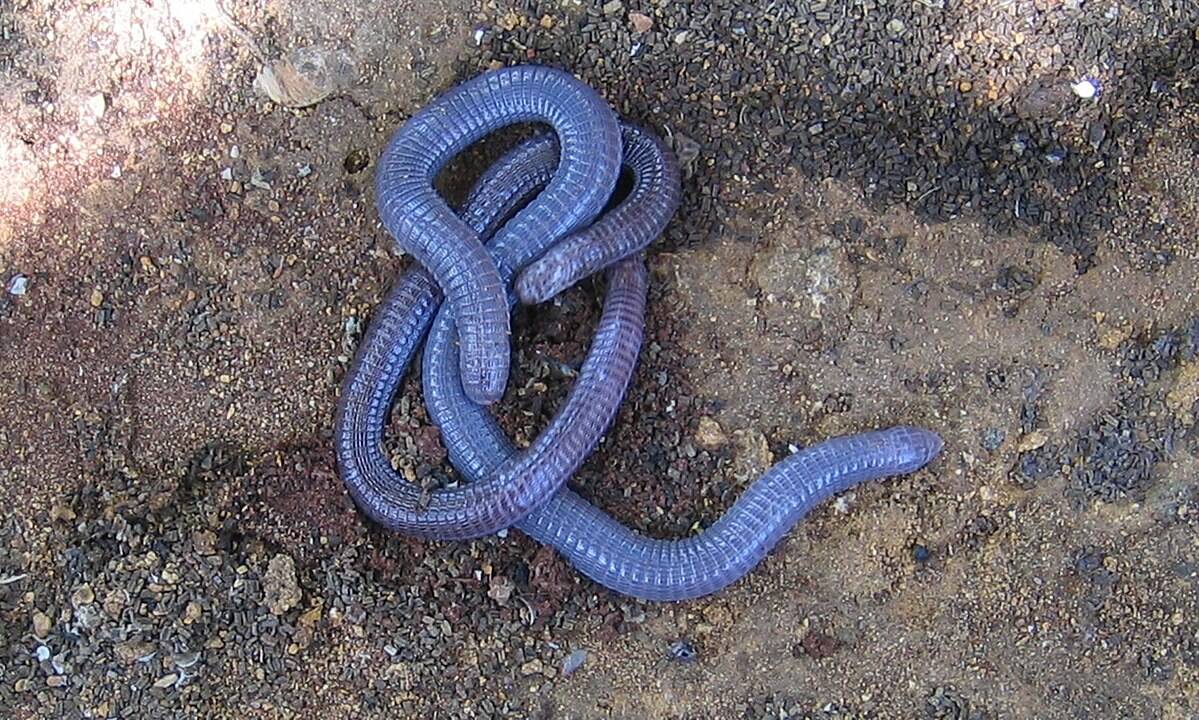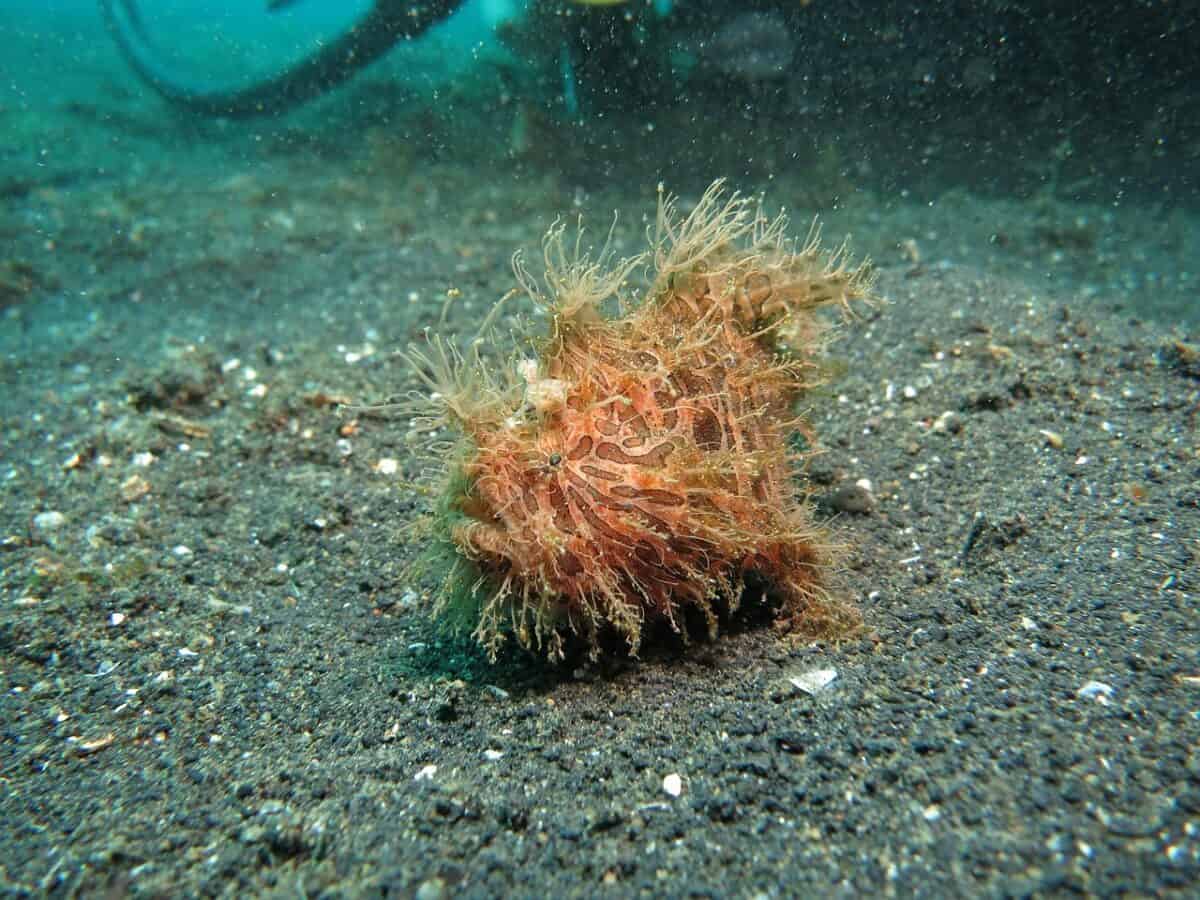In the depths of the ocean, along forest floors, and scattered across various ecosystems, extraordinary creatures possess a remarkable ability—they can create their own light. This biological light production, known as bioluminescence, serves multiple purposes from attracting mates to confusing predators. Unlike the artificial light humans depend on, these animals have evolved natural “light factories” within their bodies through complex biochemical processes. This fascinating adaptation allows them to thrive in environments where darkness would otherwise be a limitation. Let’s explore twelve remarkable animals that illuminate their worlds through the magic of self-generated light.
Fireflies Nature’s Light Show Performers

Fireflies, also called lightning bugs, are perhaps the most familiar bioluminescent creatures to humans. These beetles produce light through a chemical reaction between an enzyme called luciferase, a compound called luciferin, oxygen, and ATP in specialized organs in their abdomens. The light production is remarkably efficient—nearly 100% of the energy is converted to light with minimal heat loss, making it one of the most efficient light sources known. Male fireflies flash distinctive patterns while flying to attract females waiting on the ground or vegetation. Each of the approximately 2,000 firefly species has its own unique flash pattern, essentially creating a species-specific “password” for mating. Found on every continent except Antarctica, these insects create mesmerizing natural light shows that have fascinated humans for centuries.
Anglerfish The Deep Sea’s Deceptive Lure

In the perpetual darkness of the deep sea, the female anglerfish employs one of nature’s most devious hunting strategies. Extending from her head is a modified dorsal fin spine that acts as a fishing rod, complete with a bioluminescent lure at its tip. This light organ, called an esca, contains bacteria that produce light, creating the only illumination in the profound darkness. When curious prey approach this dancing light, the anglerfish—with its enormous mouth lined with needle-like teeth—strikes with lightning speed. Some species can expand their jaws and stomachs to consume prey twice their size. Adding to their bizarre nature, male anglerfish are much smaller than females and eventually fuse to the female’s body as parasitic mates, ensuring reproduction in the vast, sparsely populated deep. This remarkable adaptation helps these fish survive in an environment where food is scarce and hunting opportunities are precious.
Dinoflagellates The Ocean’s Microscopic Light Painters

These single-celled marine plankton create one of nature’s most magical light displays when disturbed. When agitated by movement—such as breaking waves, swimming fish, or even human footsteps along the shoreline—they emit brief flashes of blue light through a chemical reaction involving luciferase enzymes. This response is believed to serve as a “burglar alarm,” attracting predators to whatever is disturbing them. Some beaches around the world, such as Mosquito Bay in Puerto Rico and the Maldives, are famous for their “bioluminescent bays” where high concentrations of these organisms create spectacular light shows in the water at night. Certain species, like Noctiluca scintillans (commonly called sea sparkle), can produce enough light that entire waves appear to glow blue as they break on shore. Though microscopic individually, when present in vast numbers, these tiny organisms create some of our planet’s most enchanting natural phenomena.
Glowworms Cave Ceiling Constellations

Despite their name, glowworms aren’t worms at all—they’re the larvae of fungus gnats, particularly of the species Arachnocampa luminosa found in New Zealand. These larvae create stunning displays in caves, where thousands can illuminate cavern ceilings like living constellations. The bioluminescence comes from specialized light organs located at the rear of the larva, where waste products and oxygen combine to produce a steady blue-green glow. This light serves as a deadly trap; the larvae spin sticky silken threads that hang down from the cave ceiling, and the light attracts insects flying in the cave. When prey becomes entangled in these threads, the glowworm pulls up the thread and consumes its meal. The famous Waitomo Glowworm Caves in New Zealand attract thousands of visitors who take boat rides through dark caverns illuminated solely by these living lights—an experience often described as floating beneath a living night sky.
Flashlight Fish The Ocean’s Headlight Specialists

Flashlight fish, particularly those of the genus Anomalops and Photoblepharon, possess one of the most sophisticated light-generating systems in the animal kingdom. Beneath each eye, they carry large, bean-shaped light organs filled with bioluminescent bacteria. Unlike most bioluminescent creatures that can’t control their light emission, flashlight fish have evolved a remarkable mechanism—a lid-like structure that can cover the light organ, essentially functioning as a biological on/off switch. By rapidly opening and closing this cover, they create a distinctive blinking pattern. This light serves multiple purposes: attracting plankton for feeding, confusing predators through disorienting flash patterns, and allowing school members to keep track of each other in the darkness. Some species use synchronized blinking within schools to make the group appear as one large organism to potential predators. Inhabiting tropical and subtropical waters, these fish typically emerge from reef crevices at night when their bioluminescent advantage is most effective.
Crystal Jellyfish Transparent Light Emitters

The crystal jellyfish (Aequorea victoria) is not only beautiful but has contributed significantly to scientific advancement. These transparent jellyfish, native to the west coast of North America, produce green fluorescent protein (GFP) in their light-emitting organs located around their bell rim. When disturbed, calcium ions released in their tissues trigger light production, creating a glowing green ring. Beyond its natural beauty, this jellyfish’s bioluminescent system has revolutionized biological research; scientists isolated the GFP gene and discovered it could be integrated into the DNA of other organisms. This discovery, which earned the 2008 Nobel Prize in Chemistry, has allowed researchers to track protein production and movement within living cells, illuminating previously invisible cellular processes. Today, GFP is used in cancer research, brain mapping, and numerous other medical applications, making the crystal jellyfish’s contribution to science invaluable—a remarkable legacy from an animal that is itself over 95% water.
Vampire Squid The Glowing Cape Master

Despite its intimidating name, the Vampire Squid (Vampyroteuthis infernalis, which literally means “vampire squid from hell”) is a relatively small, gentle deep-sea cephalopod with an extraordinary bioluminescent capability. Unlike true squids or octopuses, this living fossil represents its own order and has remained largely unchanged for millions of years. The vampire squid possesses light-producing organs called photophores across its body, with particularly large ones on its fin tips. When threatened, it can perform a spectacular defensive display by wrapping its web-like arms, lined with rows of glowing blue photophores, over its head—creating the appearance of a glowing cape. Additionally, it can eject a cloud of bioluminescent mucus instead of ink, effectively creating a distracting cloud of glowing particles that can linger for up to 10 minutes while the squid escapes into the darkness. Living in the oxygen minimum zone of the ocean (600-900 meters deep), this ancient creature has evolved unique adaptations for surviving in one of Earth’s most extreme environments.
Railroad Worm The Multi-Colored Light Specialist

The railroad worm (Phrixothrix hirtus) is actually the larva of a beetle that showcases one of the most colorfully diverse bioluminescent displays in nature. This South American creature gets its common name from its distinctive appearance—green lights along its body segments resemble the windows of a train, while a striking red light shines from its head, creating the impression of a miniature locomotive moving through the forest floor. What makes these insects particularly special is their ability to produce different colored bioluminescence—they are among the few organisms on Earth capable of producing red bioluminescent light. The green light, produced by luciferin and luciferase reactions, helps attract mates, while scientists believe the red head light may help the larvae navigate the forest floor and possibly deter predators. This unique ability to produce multiple light colors from different body parts represents an evolutionary achievement that scientists are still working to fully understand.
Viperfish The Deep-Sea Nightmare with a Light Trap

The viperfish (Chauliodus spp.) embodies the nightmarish yet fascinating adaptations of deep-sea predators. Living at depths between 200-5,000 feet, this fearsome hunter possesses transparent needle-like teeth so large they cannot fit inside its mouth, instead curving back toward its eyes. What makes this creature even more remarkable is its use of bioluminescence as a hunting tool. The viperfish has photophores aligned along its body and a specialized dorsal spine that extends over its head, ending in a light organ that functions as a lure. This light, produced by bacteria living in a symbiotic relationship with the fish, attracts curious prey within striking distance. When a target approaches, the viperfish can lunge with astounding speed, impaling victims on its massive teeth. Their elastic stomachs allow them to consume prey up to twice their size. Despite their terrifying appearance, viperfish are relatively small, typically measuring 12-24 inches, demonstrating that in the deep ocean, sophisticated hunting strategies often matter more than sheer size.
Lanternfish The Ocean’s Glowing Majority

Lanternfish, belonging to the family Myctophidae, may be the most numerous vertebrates on the planet, potentially accounting for over 65% of all deep-sea fish biomass. These small fish—typically measuring 3-6 inches—possess complex patterns of photophores (light-producing organs) along their bodies that create species-specific arrangements, functioning essentially as living identification badges. Each night, lanternfish participate in one of the largest animal migrations on Earth, ascending from depths of up to 3,000 feet to surface waters to feed under the cover of darkness, then returning to the depths before dawn. This daily vertical migration helps them avoid predators while accessing the food-rich surface waters. The distinct photophore patterns likely help lanternfish recognize members of their own species in the darkness, facilitating schooling and mating. Their abundance makes them a critical component of ocean food webs, transferring energy from surface-dwelling plankton to deep-sea ecosystems as they migrate. Despite their ecological importance, lanternfish remain poorly understood, as they’re rarely seen by humans due to their deep-water habitat and migratory behavior.
Foxfire Fungus The Forest’s Ghostly Glow

While technically not an animal, the foxfire fungus (primarily Armillaria mellea and related species) deserves mention as one of nature’s most spectacular light producers. This bioluminescent fungus creates an ethereal blue-green glow in decaying wood, sometimes called “fairy fire” or “foxfire.” The phenomenon occurs when the fungal mycelium—thread-like structures that make up the main body of the fungus—spread through dead wood and produce an enzyme-catalyzed oxidation that emits visible light. Unlike most bioluminescent organisms, foxfire glows continuously rather than in flashes. Ancient records show humans have been fascinated by this natural phenomenon for centuries; Roman naturalist Pliny the Elder described it in 77 CE, and foxfire reportedly provided enough light for soldiers to read maps during wartime when artificial light would reveal positions. The glow serves a practical purpose for the fungus as well—scientists believe it attracts insects that then spread the fungal spores to new locations. In dense forests on moonless nights, patches of foxfire can create hauntingly beautiful scenes that have inspired folklore around the world.
Syllid Fireworms The Ocean’s Luminous Spawners

Syllid fireworms perform one of the ocean’s most spectacular bioluminescent mating displays. During reproduction, these marine polychaete worms transform their rear segments into specialized reproductive units packed with eggs or sperm. These segments, called epitokes, break off from the main body and swim to the surface, where they emit bright blue-green pulses of light in synchronized patterns. This mass spawning event, often occurring during specific moon phases, creates a dazzling underwater light show. The species Odontosyllis enopla, known as the Bermuda fireworm, is particularly famous for appearing in coastal waters precisely 56 minutes after sunset on the third night after a full moon during summer months—a timing so precise that local almanacs list “the fireworm’s dance” as a predictable natural event. This bioluminescent display serves to attract mates and coordinate reproduction in the vast ocean. After releasing their gametes into the water, these glowing segments have completed their purpose and die, while the original worm regenerates its lost segments—a remarkable reproductive strategy that combines precise timing, luminescence, and regeneration.
Conclusion: The Evolutionary Marvel of Living Light

Bioluminescence stands as one of evolution’s most fascinating achievements, having independently evolved at least 40 different times across the tree of life. This convergent evolution underscores the significant advantages that self-produced light offers in various environments. From the darkest ocean depths to nighttime forests, the ability to control light production has provided these organisms with solutions to universal biological challenges—finding food, avoiding becoming food, and ensuring genetic continuity through successful reproduction. While humans have only recently harnessed light through technological means, these creatures have been perfecting their living light systems for millions of years. Their biochemical light-producing mechanisms remain more energy-efficient than many human inventions, inspiring developments in biotechnology, medical imaging, and potentially even sustainable lighting solutions. As we continue to explore Earth’s most remote habitats, we’ll likely discover even more creatures that have evolved their own relationship with light, each with unique adaptations that could further expand our understanding of biology’s remarkable potential.
- 12 US States Where Wolves Are Making a Comeback - August 13, 2025
- 10 Most Dangerous Hiking Trails in the US - August 13, 2025
- 12 Creatures That Glow in the Dark and Why It Helps Them Survive - August 13, 2025

